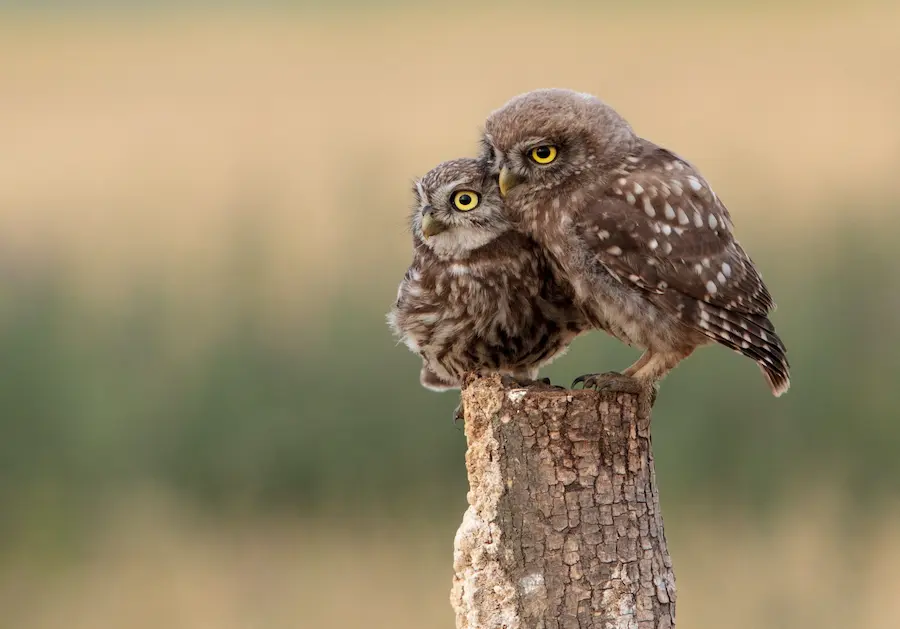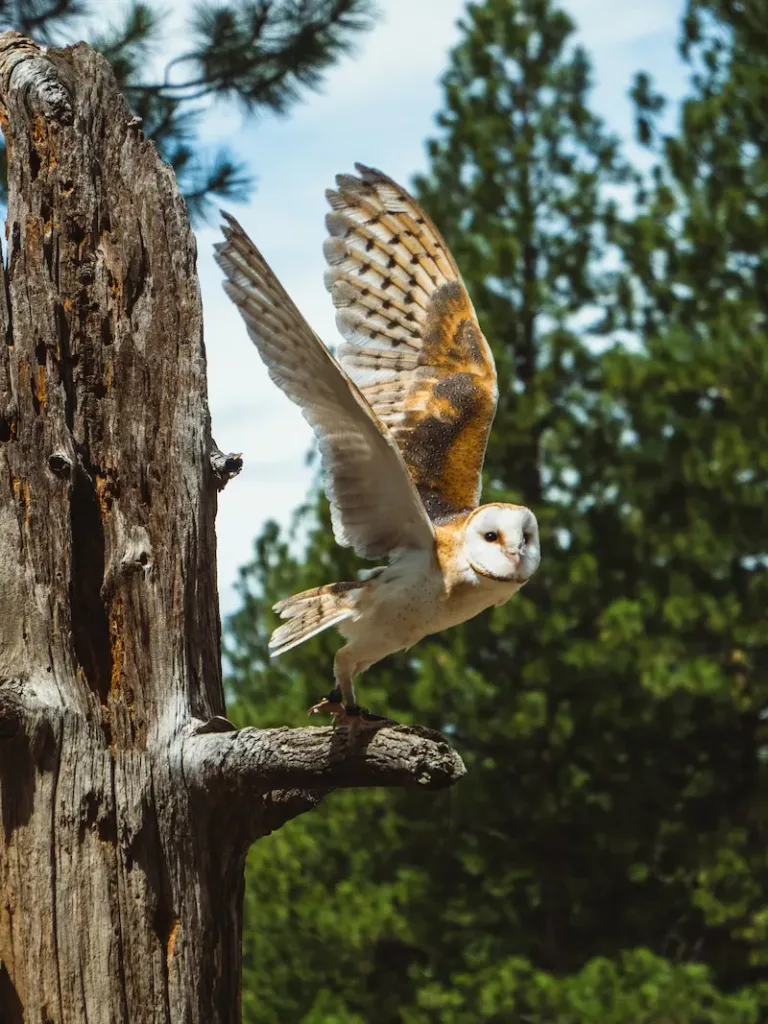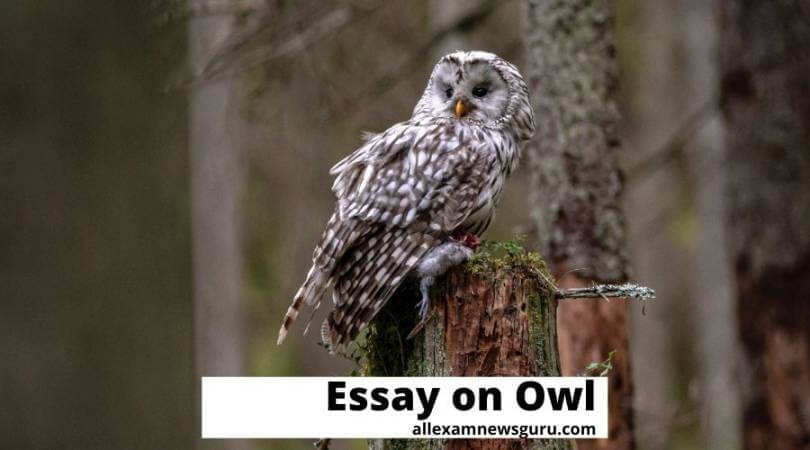If you are looking for an essay on owls, then you are at the right place.
We all have heard about owls as the bird found at night, also known as nocturnal birds. One of the interesting features of this bird is that its beak is very sharp and captures prey easily at night with its night vision ability.
Let’s dive right into the essay!
10 lines on owl
Essay On Owl for Students

Introduction:
The owl, with its distinctive appearance and mysterious nature, has captivated the human imagination for centuries. This fascinating nocturnal creature holds a special place in folklore, mythology, and literature.
Its unique traits and behaviours make it a symbol of wisdom and intelligence. In this essay, we will explore the remarkable world of owls and uncover some interesting facts about these magnificent birds.
Physical Features:
Owls possess several remarkable physical features that make them well-suited for their nighttime lifestyle. Their large, round eyes, which face forward, grant them excellent binocular vision, allowing them to accurately judge distances in the dark.
Owls have a keen hearing as well, thanks to their asymmetrical ear openings, which enable them to locate prey with exceptional precision. Additionally, their specialized feathers aid in silent flight, enabling them to surprise their unsuspecting prey.
Habitat and Adaptations:
Owls can be found in various habitats around the world, ranging from forests to deserts. They have adapted to thrive in different environments.

Their feathers provide excellent camouflage, matching the colours and patterns of their surroundings, making them almost invisible to their prey and predators alike.
Owls are also known for their ability to rotate their heads up to 270 degrees, which allows them to scan their surroundings without moving their bodies.
Nocturnal Lifestyle:
Owls are primarily nocturnal creatures, meaning they are most active during the night. Their remarkable night vision and acute hearing play a vital role in their hunting success.
While most other birds sleep at night, owls use the cover of darkness to hunt small mammals, birds, insects, and even fish. Their silent flight enables them to approach their prey silently, increasing their chances of a successful hunt.
Hunting and Diet:
Owls are efficient hunters and play an essential role in controlling populations of rodents and other small animals. They possess sharp talons and a powerful beak, which they use to capture and kill their prey swiftly.
Owls have a varied diet, depending on their habitat and species. Some feed predominantly on rodents, while others may include insects, fish, birds, or even larger mammals in their diet.
Symbolism and Mythology:
Throughout history, owls have been associated with wisdom, knowledge, and foresight. In ancient Greek mythology, the owl was linked to Athena, the goddess of wisdom. It has often been depicted as a symbol of intelligence and learning.
In various cultures around the world, owls are considered spiritual guides and protectors, representing the ability to see beyond the obvious.
Conservation and Protection:
Despite their remarkable abilities and significance in ecosystems, owls face numerous challenges in the modern world. Loss of habitat, deforestation, and human activities have led to a decline in owl populations.
It is crucial for us to understand the importance of preserving these magnificent creatures and their habitats. Conservation efforts, such as habitat restoration and education, are essential in ensuring the survival of owls for future generations.
Conclusion:
The owl, with its unique physical features, nocturnal lifestyle, and symbolism, continues to fascinate and inspire us. From their silent flight to their ability to rotate their heads, owls possess incredible adaptations that make them remarkable creatures.
As we strive to protect and conserve our natural world, let us recognize the value of these wise guardians of the night and appreciate the wonders of nature that surround us.
- Essay on Sharks For Students & Children - April 8, 2024
- Essay on Cats for Students (+PDF) - November 4, 2023
- Essay on Carpenter|10 Lines on Carpenter - November 4, 2023

